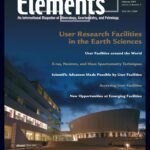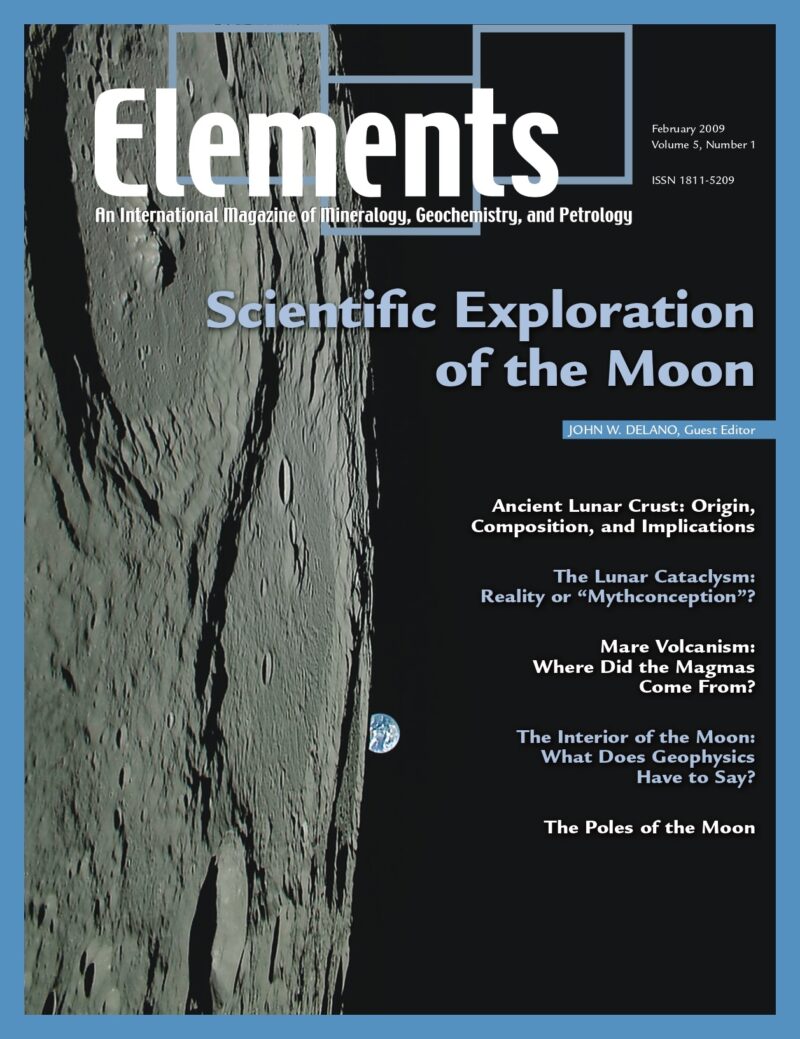
Large Igneous Provinces: Origin And Environmental Consequences, December 2005, Vol. 1, No. 5
June 28, 2024
User Research Facilities In The Earth Sciences, February 2006, Vol. 2, No. 1
June 28, 2024Toxic Metals In The Environment: The Role Of Surfaces, September 2005, Vol. 1, No. 4
$20.00
Metals are prevalent in the environment. They are derived from both natural and anthropogenic sources.
Toxic Metals In The Environment: The Role Of Surfaces
September 2005, Vol. 1, No. 4
Metals are prevalent in the environment. They are derived from both natural and anthropogenic sources. Certain metals are essential for plant growth and for animal and human health. However, at excessive levels they are toxic. Metals undergo an array of processes, including sorption/desorption, precipitation/dissolution, and oxidation/ reduction, with reactive natural surfaces such as clay minerals, metal oxides, humic substances, plant roots, and microbes. These biogeochemical processes control the solubility, mobility, bioavailability, and toxicity of the metals. This issue of Elements explores research frontiers in the areas of metal mobility and reaction mechanisms on natural surfaces. These advances are explored at multiple scales, using state-of-the-art analytical techniques.
Why You’ll Love Elements Magazine:
- Expert Contributors: Articles written by renowned researchers in the field of geoscience.
- Engaging Content: Join a community of readers who are passionate about Elements.
- Exceptional Quality: Each issue is printed on high-quality paper with stunning visuals and detailed illustrations that bring complex scientific concepts to life.
Order your copy of the September 2005 issue of Elements magazine today and learn about the role of surfaces in toxic metals in the environment.
Related products
-
Scientific Exploration Of The Moon, February 2009, Vol. 5, No. 1
$20.00Our current understanding of the Moon’s history, interior structure, and chemical composition is based in large part on geochemical data acquired from samples from the U.S.
-
Nanogeoscience, December 2008, Vol. 4, No. 6
$20.00At first glance, nano and Earth seem about as far apart as one can imagine. Nanogeoscience seems to be a word connecting opposites.
-
Diamonds, March 2005, Vol. 1, No. 2
$20.00Diamond, the fascinating ultrahard mineral, is the focus of considerable interest and scientific research. Recent advances particularly relevant to geoscientists include: diamond as a recorder of Earth processes from the perspective of inclusions, chemistry, and conditions of formation; synthesis for research applications and processing to modify color and physical properties, important to diamond gems and anvils; the implications of nanodiamonds from meteorites.




